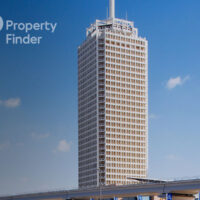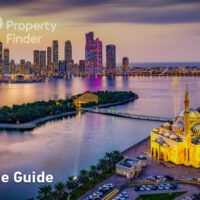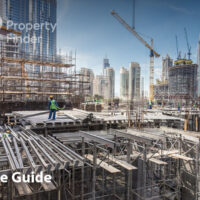In the world of skyscrapers, do you happen to live on the ground floor? Not to stress about it, it’s not as bad as every single person you talked with about that has told you. Living on the ground floor has its benefits. On this week’s DIY, propertyfinder explores how you can make the most out of your low-ceiling ground floor apartment.
Vertical stripes
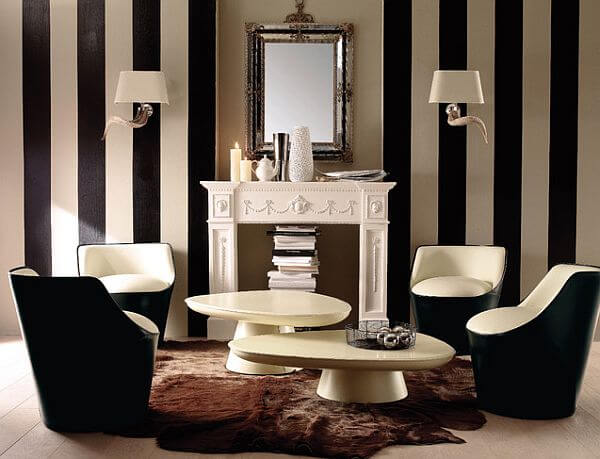
Vertical stripes give your interiors the illusion of more height and space. Go for the safest options of black and white, and splash around some colored furniture.
Ceiling fixtures
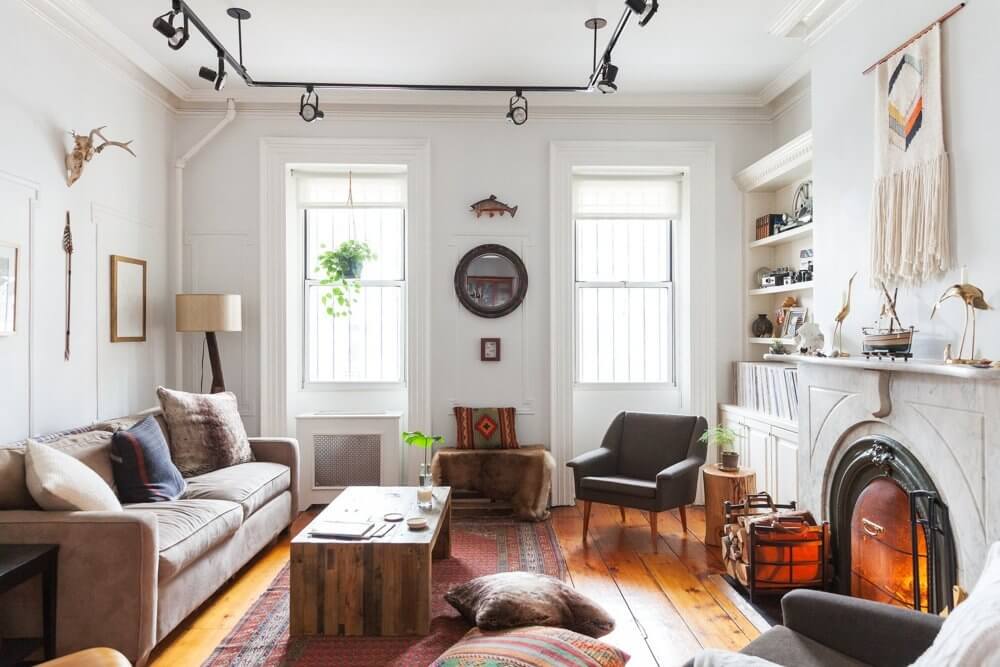
Ceiling lights and fixtures can give low ceilings some highlights effects and bring the attention upward, making your apartment appear more spacious.
Wall art
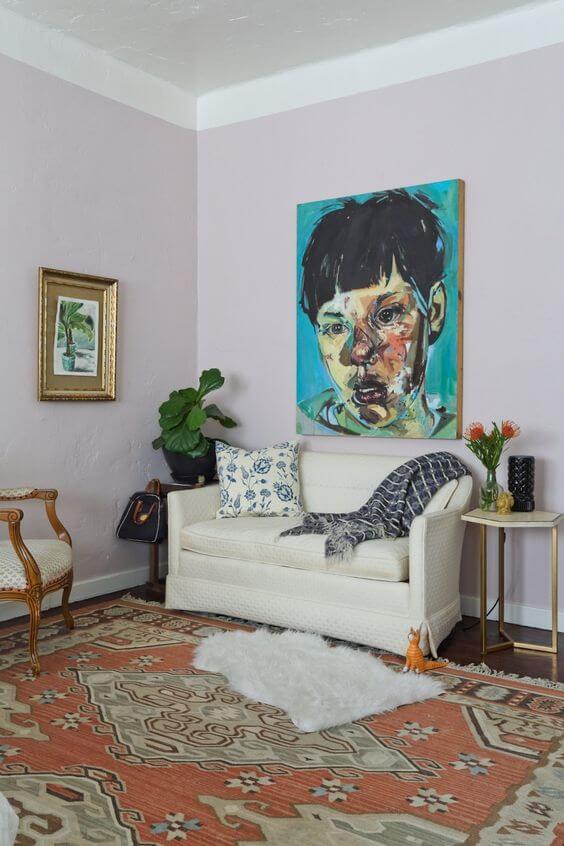
Regardless of your apartment’s ceiling height, a piece of art is always seen as the fool-proof way to add life to your home. When it comes to low ceilings, large posters and paintings make your walls look higher and more expanding.
Low furniture
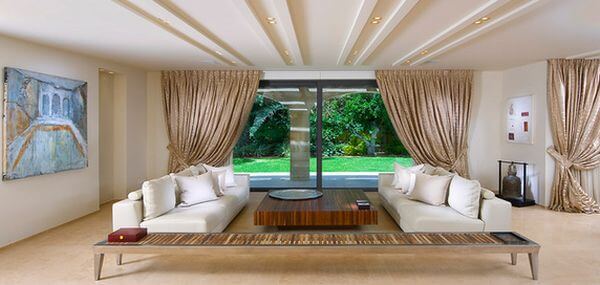
Low ceiling = low furniture. Keep the furniture at a minimum as you don’t want to clutter the room and make it look claustrophobic. When choosing your furniture, prefer to go for lower pieces that give the illusion of a high ceiling.
Shades that pull up from the bottom
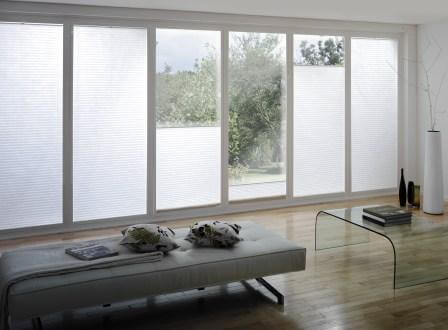
This piece of advice is crucial for those living on the ground floor. One of the biggest concerns is privacy, as living on the street level exposes you to passers by. But completely shading your windows would deprive you from the precious natural light. Invest in blinds that roll up instead of down, that way you can enjoy your privacy and get enough sunlight.



